Featured Panoramic Photo Above:
Classic Charles Conlon photo of Ty Cobb sliding into Jimmy Austin
Baseball History Comes Alive Now Ranked As a Top Five Website by Feedspot Among All Baseball History Websites and Blogs!
(Check out Feedspot's list of the Top 35 Baseball History websites and blogs)

Guest Submissions from Our Readers Always Welcome! Click for details
Scroll Down to Read Today’s Essay
Subscribe to Baseball History Comes Alive for automatic updates. As a Free Bonus, you’ll get instant access to my Special Report: Gary’s Handy Dandy World Series Reference Guide!
Satchel Paige Photo Gallery
Click on any image below to see photos in full size and to start Photo Gallery:
With February being Black History Month, here’s a salute to the great Hall of Famer Satchel Paige, who many baseball historians think may be the greatest pitcher ever. This is a repost of a short essay I wrote on August 27, 2017, the day after the much-hyped fight between Floyd Mayweather and Connor McGregor. I follow this up with some interesting information about Satchel’s great career. –GL
Joe Louis and Satchel Paige meet at Comiskey Park on August 13, 1948!
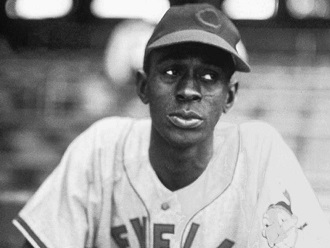
“The fact that most baseball fans did not see him in his prime is one of the great tragedies of the game.” –Iconic Baseball photographer George Brace, speaking of Satchel Paige
With all the hoopla about the Floyd Mayweather-Connor McGregor fight last night, I was hoping to find a baseball connection to the world of boxing. It didn’t take me long. Read on…
The Cleveland Indians won the American League pennant and World Series in 1948, the only year between 1947 and 1953 that the Yankees failed to win it all. But that didn’t mean Yankee Stadium wasn’t home to a championship title. It was just one from a different sport. On June 28, 1948, 42,000 fans packed into the “House that Ruth Built” to see the great Joe Louis successfully defend his World Heavyweight title in a famous rematch against challenger, Jersey Joe Walcot. Here’s a few words about the match from the “This Day in History” website:
“As the match entered its final rounds, Louis was trailing in points, and needed a knockout punch to retain the title he had held since 1937. To the surprise of many in the audience, the champ was able once again to summon his legendary power and hit Walcott with a right to the jaw that knocked him unconscious. It was the 25th and final time that Louis successfully defended his belt. Louis announced his retirement in March 1949, and with it, vacated his heavyweight belts.”
Two months later Joe Louis met fellow African-American sports icon Satchel Paige, who had recently signed his first major league contract with the Indians, courtesy of the Indians’ maverick owner, Bill Veeck. The featured photo above was taken at Chicago’s Comiskey Park, right before Paige tossed a five-hit shutout against the White Sox.
Joe Louis and Satchel Paige had a lot in common: Both hailed from Alabama; both were exceptional, once-in-a-generation talents who dominated their respective sports for an impressively long period of time; and both eventually earned induction into their respective Halls of Fame.
Louis held his title for an amazing 140 consecutive months and successfully defended it an unprecedented 25 times. He fought his last match at age 37. Paige — widely considered one of the greatest pitchers of all time — dominated the Negro Leagues for many years, then signed with the Indians at age 41. He pitched his last major league game in 1965 when he was 58 years old.
The Great Career of Satchel Paige
Leroy “Satchel” Paige debuted in the major leagues on July 9, 1948, becoming the first black pitcher in the American League. Less than a month later, on August 3, 1948, in front of 72,434 fans at Cleveland Stadium, he made his first major league start. He went seven innings leading the Tribe to a 5-3 victory over the Senators. The Indians’ lineup that day included three other future Hall of Famers: Larry Doby, Joe Gordon, and Lou Boudreau; while Early Wynn went the distance for the Senators. After parts of five seasons in the majors between 1948 and 1955, he returned for one game on September 25, 1965, with the Athletics and made his last start at age 59. He retired nine of ten batters in three innings of work against the Red Sox with Carl Yastrzemski getting the only hit off him that day.
Leroy “Satchel” Paige was the most famous and successful player from the Negro Leagues. His infectious, outsized personality and his love for the game made him a star and turned him into a baseball legend. Satchel was a great showman and storyteller, often bestowing playful nicknames upon teammates and his pitches. A changeup was a “two-hump blooper” and a medium-speed fastball was a “Little Tom.”
His nickname “Satchel” apparently originated from childhood work toting bags at a train station. Young Leroy Paige claimed he was not making enough money at 10 cents a bag; so he concocted a pole and rope contraption that allowed him to cart four bags at once. Another kid supposedly yelled, “You look like a walking satchel tree.”
Throughout his long Negro League career that extended from the 1920s to the1940s, his teams included: Chattanooga Black Lookouts, Birmingham Black Barons, Baltimore Black Sox, Cleveland Cubs, Pittsburgh Crawfords, Trujillo All-Stars, New York Black Yankees, Memphis Red Sox, Philadelphia Stars, and Kansas City Monarchs. He also played for teams in Cuba, the Dominican Republic, Mexico, and Puerto Rico. Best estimates put his wins in the 400-600 range. In the majors, Satchel played for the Indians, Browns, and Athletics. In 1948, he became the oldest rookie in major league history at age 42.
According to Dizzy Dean, Charlie Gehringer, and Joe DiMaggio, Paige was the greatest pitcher who ever lived. But his best years were behind him by the time he became the American League’s first black pitcher. His major league record was just 28-31, with a 3.29 ERA, and 288 strikeouts in 179 games. He was a two-time major league all-star, five-time Negro League all-star, World Series champion (1948), and Negro League World Series champion (1942).
Paige also left his mark as a barnstormer. He beat Dizzy Dean in four of six barnstorming exhibition games in 1934, when Dean was at the top of his form. In 1946 he formed a team of Negro League stars to play against a team of white major leaguers assembled by Bob Feller. Feller’s team included 1946 American League batting champion, Mickey Vernon, Phil Rizzuto, Ken Keltner, Charlie Keller, and Stan Musial; with a pitching staff of Bob Lemon, Dutch Leonard, Johnny Sain, Spud Chandler, and Fred Hutchinson in addition to Feller. Paige’s team included stars Buck O’Neil, Hank Thompson, Artie Wilson, Quincy Trouppe, and Hilton Smith. Records that remain indicate that the two teams were evenly matched and played to large crowds.
Satchel Paige died on June 8, 1982, at age 75. He was elected to the National Baseball Hall of Fame in 1971 by the Negro League Committee.
Gary Livacari
Subscribe to our website, Baseball History Comes Alive with over 1400 fully categorized baseball essays and photo galleries, now surpassing the one million hits mark with 1,157,000 hits and over 950 subscribers: https://wp.me/P7a04E-2he
Information: Excerpts edited from the Satchel Paige Wikipedia page; Stats from Baseball Reference.com

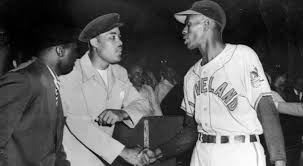
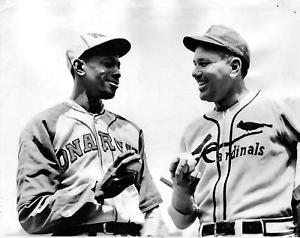
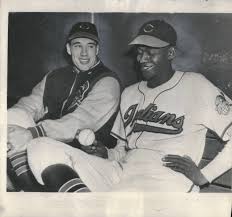
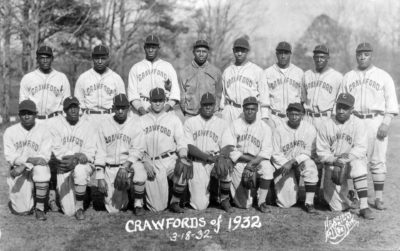
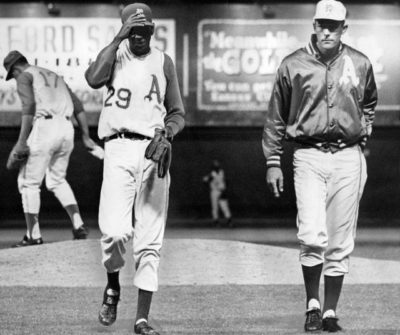
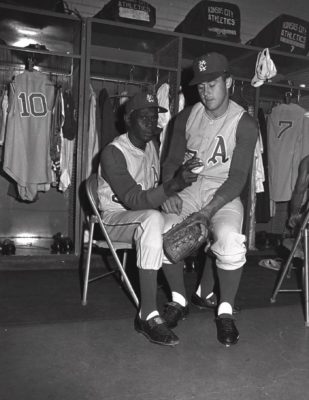
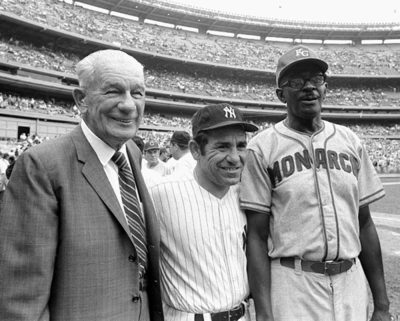
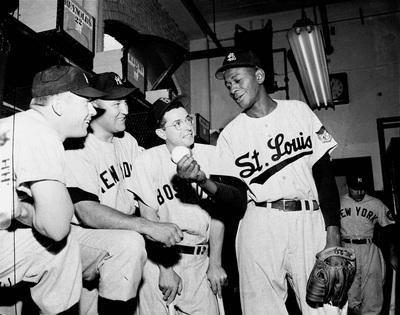
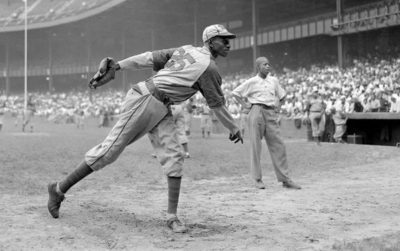
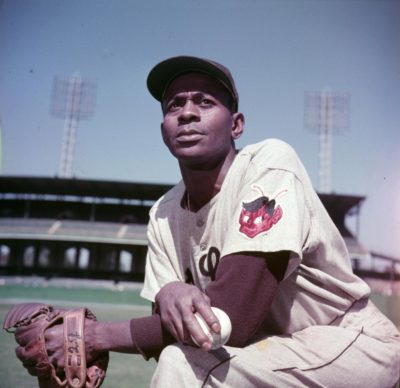
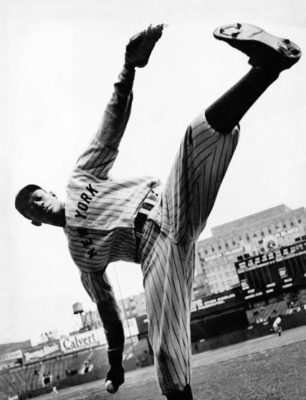
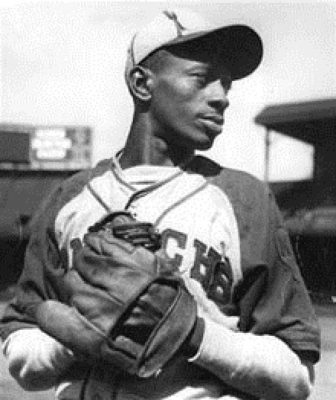
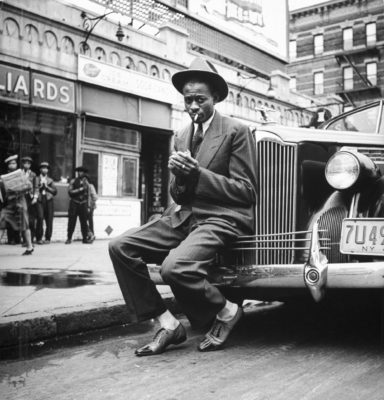
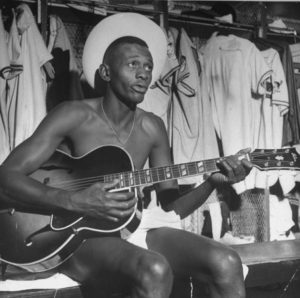
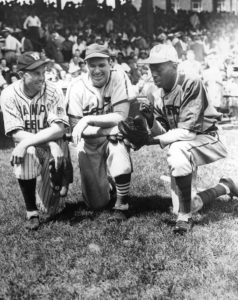
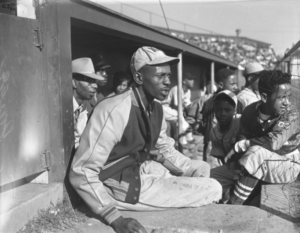
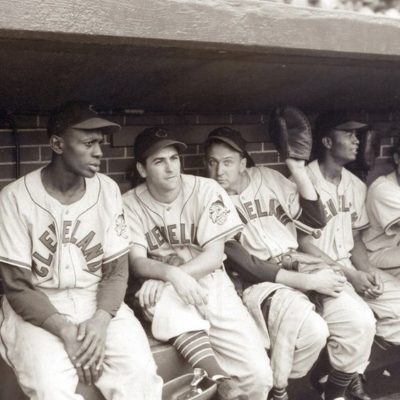
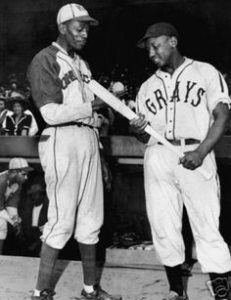
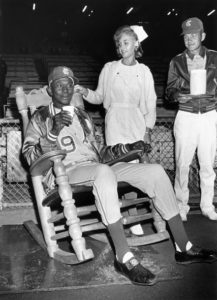
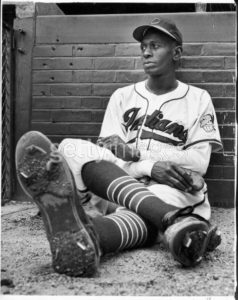
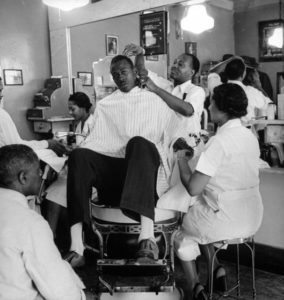
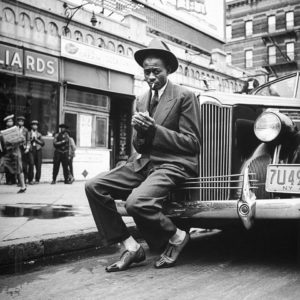
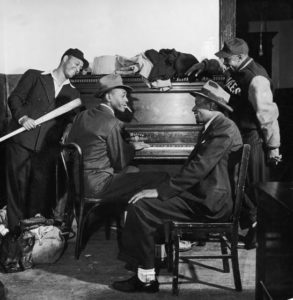
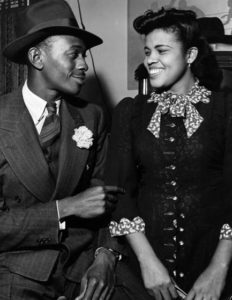
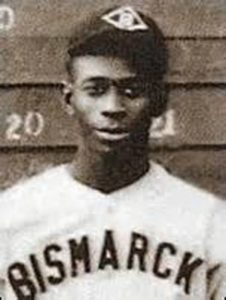
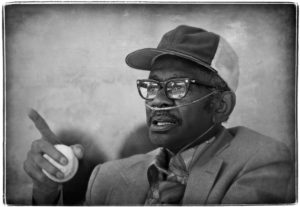
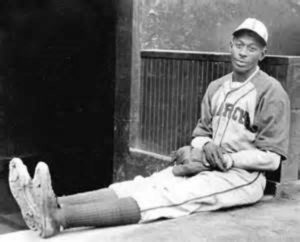
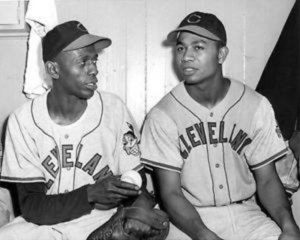
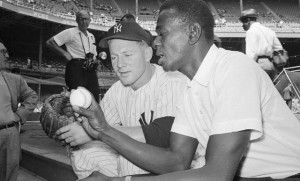
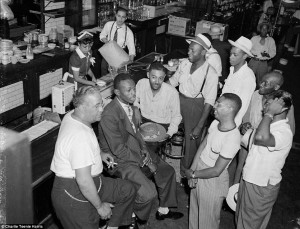
Good stuff, as usual, Gary!
My favorite quote from Satchel Page: “Sometimes I sits and thinks. Sometimes I just sits.” Reminds me of me.
Hank Thompson had some good licks with the Giants. He had a fine year in 1950 and at the time set a National League record for double plays started at third base. Unfortunately, Hank served jail time because he would occasionally find things before people lost them.
Left-handed batter Artie Wilson had one hit with the NY Giants-a looping single over shortstop into left field. He seldom pulled the ball.